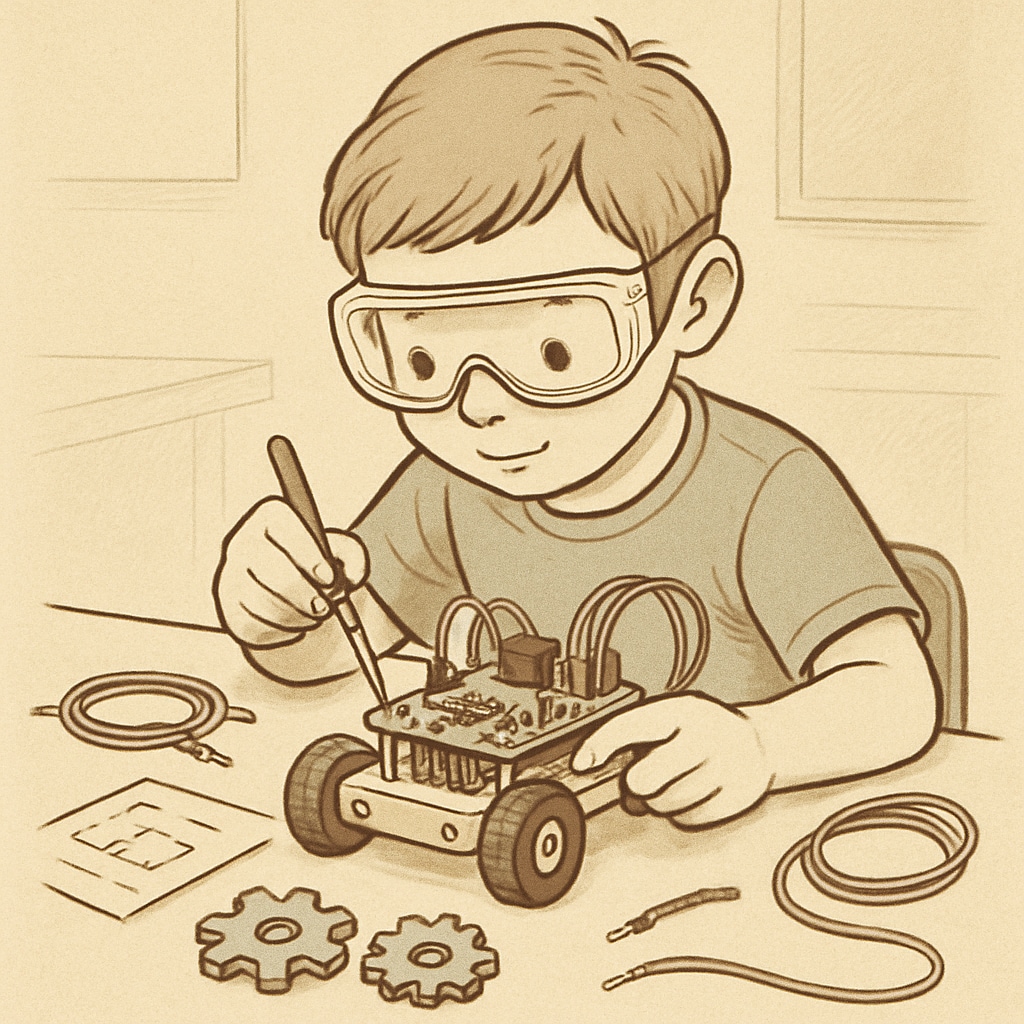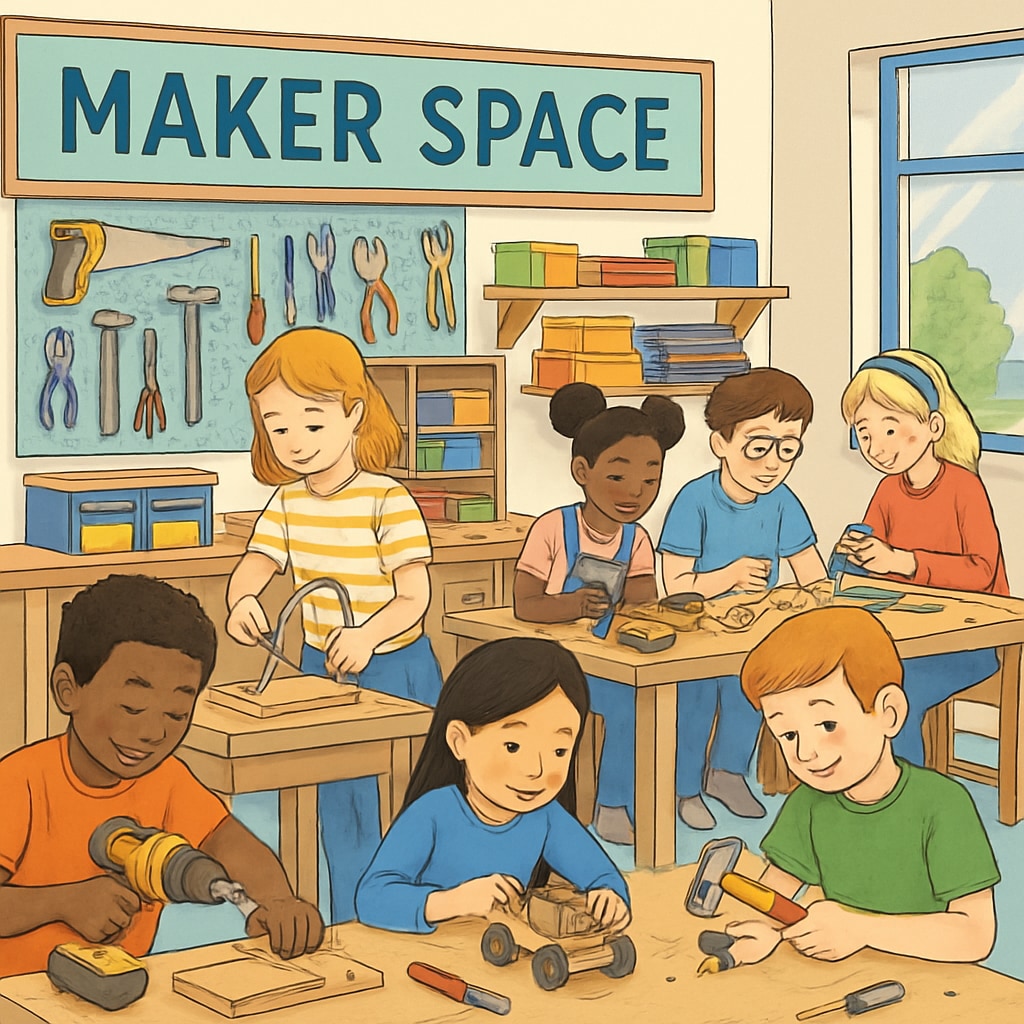When a four-year-old exhibits a natural inclination for hands-on activities such as building circuits or tinkering with robotics, traditional educational approaches may not capture their interest. Parents face the challenge of preserving their child’s inherent creativity while ensuring they receive a well-rounded early education. In such cases, exploring alternative education paths tailored to hands-on learners can help nurture their budding potential.
Understanding the Hands-On Learner
Hands-on learners, or kinesthetic learners, thrive through active engagement and experimentation. They grasp concepts more effectively by manipulating objects, building, or exploring their environment. For example, a child fascinated by robotics might learn best by assembling a simple robot rather than listening to a lecture about how it works. This learning style necessitates creative approaches to early education.

Why Traditional Education May Fall Short
Conventional early education often leans heavily on structured activities like worksheets, rote memorization, and group tasks. While these methods work for many children, they may stifle hands-on learners who prefer tactile experiences and creative exploration. As a result, these children may become disengaged or even frustrated in traditional classroom settings.
According to research on early childhood development, children who are not provided with opportunities to explore their preferred learning styles may struggle to achieve their full potential. Therefore, it’s crucial to adopt an educational approach that complements the hands-on child’s natural inclinations.
Alternative Education Strategies for Hands-On Learners
To better support a four-year-old with a hands-on learning style, parents and educators can consider the following approaches:
- Montessori Education: Montessori classrooms emphasize self-directed learning and hands-on materials. Children are encouraged to explore at their own pace, which aligns well with kinesthetic learners.
- Project-Based Learning: This method involves working on long-term, real-world projects. For example, a child interested in circuits could build a simple electrical system to power a light bulb.
- Maker Spaces: Many communities offer maker spaces where children can access tools and materials for building, coding, and creating. These spaces foster innovation and critical thinking.
- STEM Toys and Kits: Invest in age-appropriate STEM (Science, Technology, Engineering, and Math) toys, such as robotics kits or building blocks, to encourage experimentation at home.
By integrating these strategies into their child’s routine, parents can create an environment that fosters creativity and practical learning simultaneously.

Balancing Creativity, Early Education, and Alternative Learning
While it’s essential to nurture a child’s hands-on talents, parents should also ensure they receive a balanced education. This includes developing foundational skills like reading, writing, and social interaction. To achieve this balance, consider combining hands-on activities with other learning methods:
- Blended Learning: Incorporate digital tools that support interactive learning, such as educational apps and virtual simulations.
- Social Workshops: Enroll your child in group-based activities like coding clubs or art classes to build teamwork skills.
- Outdoor Exploration: Activities like gardening or building birdhouses allow children to learn about science and nature through direct experience.
By blending traditional and alternative methods, parents can provide a holistic education that caters to their child’s unique learning style.
The Role of Parents in Supporting Hands-On Learning
Parents play a pivotal role in nurturing their child’s creativity and curiosity. Here’s how you can support your hands-on learner:
- Encourage Questions: Foster curiosity by encouraging your child to ask “why” and “how” questions, then explore the answers together.
- Provide Resources: Offer materials like building kits, art supplies, or science tools that align with your child’s interests.
- Celebrate Failures: Teach your child that mistakes are part of the learning process and an opportunity to grow.
- Model Creativity: Engage in hands-on activities yourself to inspire and motivate your child.
By being actively involved, parents can create a supportive environment that allows their child’s creativity to flourish.
In conclusion, finding the right educational path for a hands-on four-year-old requires understanding their unique needs and exploring alternative approaches. By nurturing their creativity and balancing it with foundational skills, parents can help their child thrive both academically and personally.
Readability guidance: This article uses short paragraphs, lists, and clear headings to enhance readability. Active voice predominates, and transitions like “however,” “therefore,” and “for example” ensure smooth flow. Images are placed to complement the text and engage readers visually.


